- Tips for successful black onion seedlings germination
- Prepare the soil
- 1. Choose the right location
- 2. Test the soil
- 3. Improve drainage
- 4. Remove any weeds
- 5. Loosen the soil
- 6. Add organic fertilizer
- 7. Level the soil surface
- 8. Water the soil
- Choose the right onion seeds
- Soak the seeds
- Start sowing indoors
- 1. Choose the right container
- 2. Prepare the soil mix
- 3. Sow the seeds
- 4. Provide moisture
- 5. Create a suitable environment
- 6. Monitor and care for the seedlings
- 7. Transplant the seedlings
- Provide proper light and temperature
- Watering and fertilizing
- Watering tips:
- Fertilizing tips:
- Transplanting the seedlings
- Preparing the soil
- Transplanting the seedlings
- Caring for the transplanted seedlings
- Harden off before planting in the garden
- “Question-Answer”
- What is black onion and why should I sow it on seedlings?
- When is the best time to sow black onion on seedlings?
- How do I sow black onion seeds on seedlings?
- How often should I water my black onion seedlings?
- How long does it take for black onion seedlings to germinate?
- What should I do once my black onion seedlings have germinated?
- “Video” How to Grow Onions, Harvest Onions & Cure Onions from Start to Finish l Walla Walla Onions
Growing black onion from seedlings can be a rewarding and delicious experience. Black onion, also known as Nigella, is a versatile plant with a tasty onion-like flavor and beautiful blue flowers. Whether you are an experienced gardener or a beginner, these tips will help you sow black onion seedlings like a pro.
1. Choose the right time to sow: Black onion seedlings thrive in cool weather, so it’s best to sow them in early spring or late summer. Make sure to check the local weather forecast to find the optimal time for sowing.
2. Prepare the soil: Black onion seedlings prefer well-drained soil with a pH level between 6.0 and 7.0. Remove any weeds and rocks from the planting area, and loosen the soil with a garden fork or tiller. Incorporate organic matter, such as compost or aged manure, to improve soil fertility and drainage.
3. Sow the seeds: Scatter the black onion seeds evenly over the prepared soil. Aim for a spacing of about 1-2 inches between each seed. Lightly press the seeds into the soil, but do not cover them with additional soil.
4. Provide adequate water: After sowing the seeds, water the area gently but thoroughly. Keep the soil consistently moist, but avoid overwatering, as excessive moisture can lead to fungal diseases. Use a fine mist sprayer or a watering can with a rose attachment to prevent the seeds from being washed away.
5. Provide proper sunlight: Black onion seedlings require full sun to thrive. Place them in a location that receives at least six hours of direct sunlight each day. If you are growing the seedlings indoors, use a grow light to provide sufficient light.
6. Thin the seedlings: Once the seedlings have grown to about 2-3 inches tall, thin them to prevent overcrowding. Leave the strongest and healthiest seedlings and remove the smaller, weaker ones. This will allow the remaining seedlings to receive ample nutrients and sunlight.
7. Protect from pests and diseases: Black onion seedlings are prone to pests such as aphids and diseases such as damping-off. Monitor your seedlings regularly and take necessary steps to control pests and diseases, such as using organic insecticides or fungicides.
Following these tips will help you sow black onion seedlings successfully and enjoy a bountiful harvest of flavorful onions. With a little care and attention, you can have a thriving garden filled with these beautiful and tasty plants.
Tips for successful black onion seedlings germination
Germinating black onion seeds can be a tricky task, but with the right techniques, you can improve your success rate. Here are some tips to help you achieve successful black onion seedlings germination.
- Use high-quality seeds: Start with fresh, high-quality black onion seeds to increase your chances of successful germination. Look for seeds from reputable suppliers.
- Prepare the soil: Black onions prefer well-drained soil with a pH of around 6.0 to 7.0. Prepare the soil by loosening it and removing any weeds or debris.
- Sow at the right time: Black onions are best sown indoors 8-10 weeks before the last frost. Check your local frost dates and plan accordingly.
- Provide optimal conditions: Black onion seeds germinate best in warm conditions with temperatures between 70-80°F (21-27°C). Provide consistent moisture and humidity.
- Soak the seeds: Soaking the black onion seeds in water for 24 hours before sowing can help soften the seed coat and improve germination rates.
- Sow properly: Sow the black onion seeds 1/4 inch deep in seed trays or pots filled with well-draining seed-starting mix. Space the seeds about 1 inch apart.
- Keep the soil moist: Water the seed trays or pots regularly to keep the soil evenly moist, but not soaking wet. Avoid overwatering, as it can lead to rotting.
- Provide adequate light: Place the seed trays or pots in a location that receives bright, indirect light. You can also use artificial grow lights to provide adequate lighting.
- Thin out the seedlings: Once the black onion seedlings have sprouted and developed their first true leaves, thin them out to ensure proper spacing and airflow.
- Harden off the seedlings: Before transplanting the seedlings outdoors, gradually acclimate them to outdoor conditions by exposing them to increasing amounts of sunlight and outdoor temperatures.
By following these tips, you can increase the chances of successful black onion seedlings germination. Remember to be patient and provide proper care to your seedlings for healthy growth.
Prepare the soil
Before sowing black onions on seedlings, it is important to prepare the soil to provide an ideal growing environment for the plants. Here are some steps to follow:
1. Choose the right location
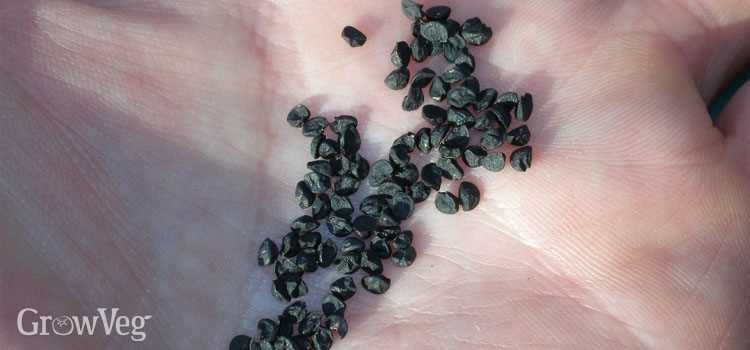
Select an area in your garden that receives full sun for at least 6-8 hours a day. Black onions require plenty of sunlight to grow and develop properly.
2. Test the soil
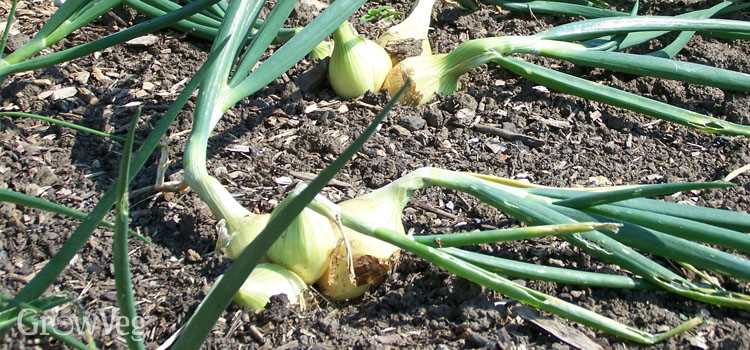
Check the pH level of your soil using a soil testing kit. Black onions prefer slightly acidic soil with a pH level between 5.5 and 6.5. If the soil pH is too high, you can lower it by adding elemental sulfur or peat moss.
3. Improve drainage
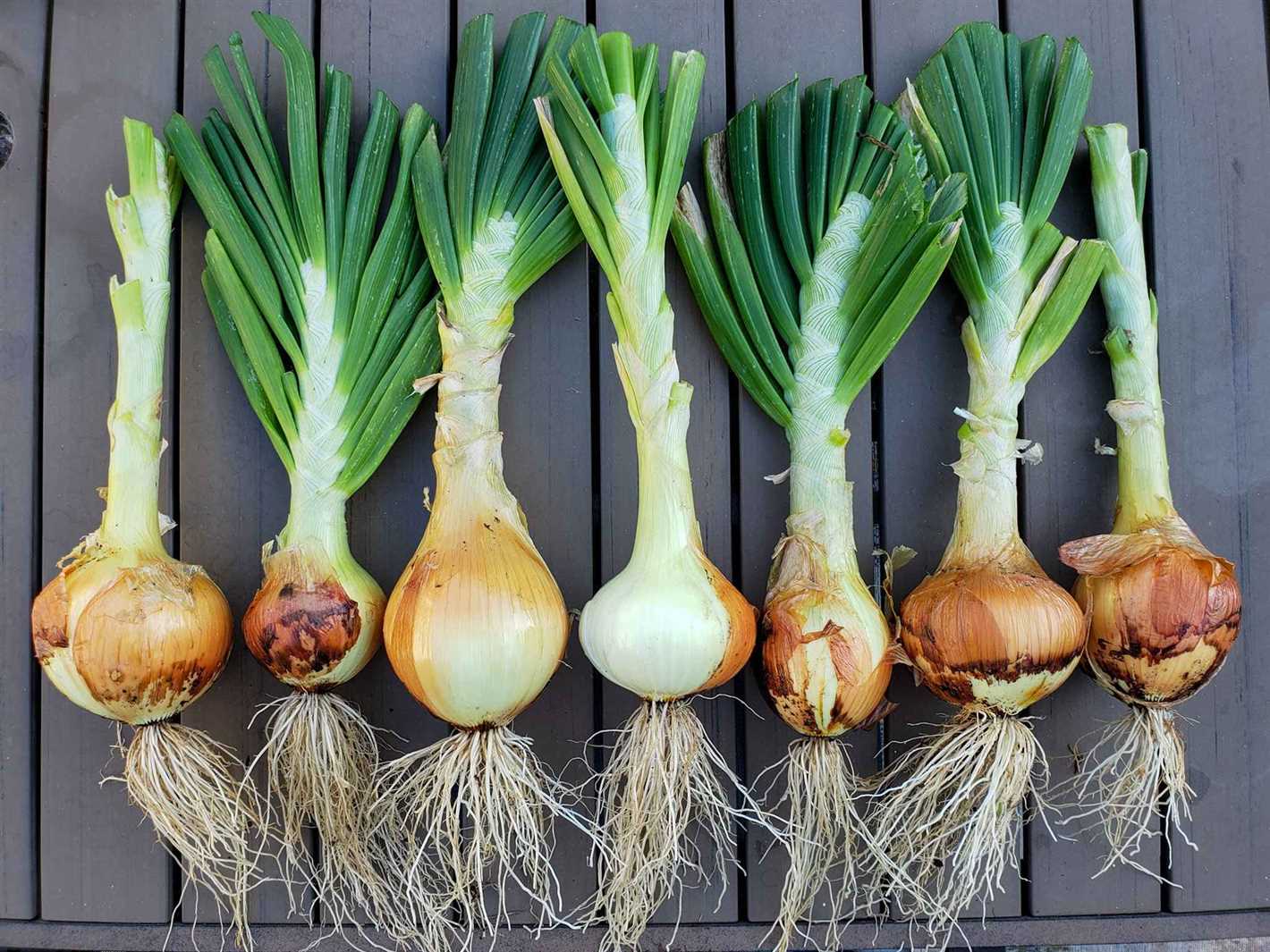
Black onions need well-draining soil to prevent waterlogging, which can lead to root rot. If your soil has poor drainage, you can amend it by adding organic matter such as compost or well-rotted manure.
4. Remove any weeds
Clear the area of any weeds or grass that may compete with the black onion seedlings for nutrients, water, and sunlight. Weeds can also harbor pests and diseases that could affect your plants.
5. Loosen the soil
Use a garden fork or a tiller to loosen the soil to a depth of about 6-8 inches. This will help the black onion roots to penetrate easily and allow for proper air circulation.
6. Add organic fertilizer
Before sowing the black onion seeds, incorporate a balanced organic fertilizer into the soil. This will provide essential nutrients for the seedlings as they grow.
7. Level the soil surface
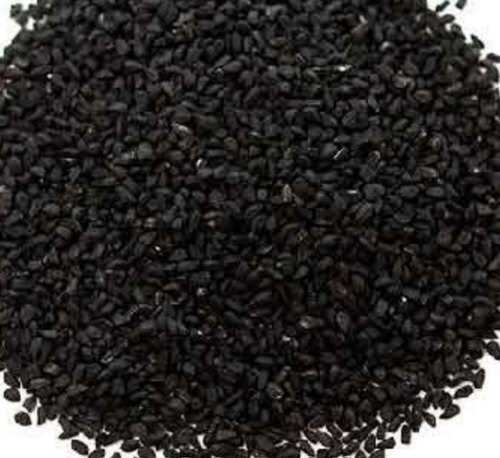
Rake the soil surface to create a smooth, level bed for sowing the black onion seeds. This will help to ensure even germination and uniform growth.
8. Water the soil
Before sowing the seeds, thoroughly water the soil to provide adequate moisture for germination. Avoid over-watering, as it can lead to fungal diseases or rotting of the seeds.
By following these steps to prepare the soil, you will create a favorable environment for sowing black onions on seedlings and help them grow into healthy plants.
Choose the right onion seeds
When it comes to sowing black onion seeds, it is important to choose the right variety for your needs. There are several factors to consider when selecting onion seeds:
- Variety: Different varieties of black onion have varying characteristics such as taste, size, and texture. Research different varieties to find the one that suits your preferences and culinary needs.
- Days to maturity: The number of days it takes for the onion to reach maturity can vary between varieties. Consider how long you are willing to wait before harvesting and choose a variety with an appropriate maturity period.
- Storage ability: Some onion varieties have better storage ability than others. If you plan on storing your onions for an extended period, choose a variety that is known for its long shelf life.
- Growing conditions: Take into account the growing conditions in your area. Some onion varieties are better suited to specific climates or soil types. Ensure that the variety you choose is well-adapted to your local conditions.
It is also important to purchase onion seeds from a reputable source to ensure their quality and viability. Look for seeds that have a high germination rate and are free from disease or pests. Follow the instructions provided by the seed supplier for optimal sowing and growing conditions.
Soak the seeds
Before sowing black onion seeds, it is recommended to soak them. Soaking the seeds can help soften the outer layer and speed up the germination process. Here are the steps to soak the seeds:
- Take a small bowl and fill it with lukewarm water.
- Place the black onion seeds in the bowl and make sure they are completely submerged.
- Leave the seeds to soak for about 12-24 hours.
- After the soaking time, carefully drain the water from the bowl.
Soaking the black onion seeds can improve their chances of germination. This process helps to break the seed dormancy and allows water to penetrate the outer layer, providing the necessary conditions for the seed to sprout.
Start sowing indoors
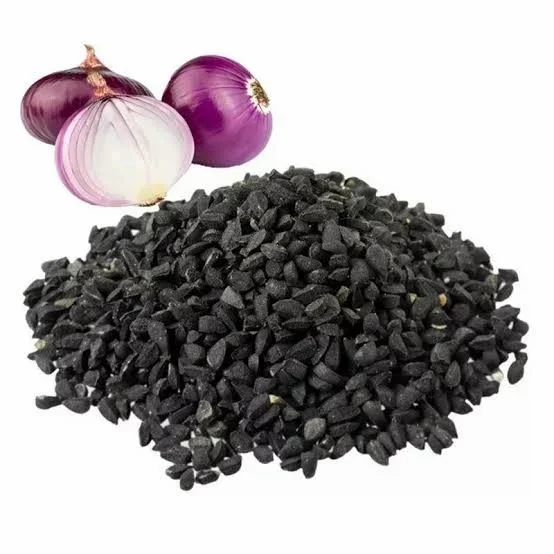
Black onion seeds can be sown indoors to get a head start on the growing season. Sowing indoors allows for more control over the growing conditions and helps ensure optimal growth for your black onions.
1. Choose the right container
Use seed trays or small pots with drainage holes to sow black onion seeds. Ensure the container is clean and has been washed with a mild soap solution to reduce the risk of diseases.
2. Prepare the soil mix
Make a well-draining soil mix for sowing black onion seeds. A mix of equal parts garden soil, compost, and sand can work well. Fill the containers with the soil mix, leaving about half an inch of space at the top.
3. Sow the seeds
Place the black onion seeds on top of the soil mix, spacing them about an inch apart. Gently press the seeds into the soil, ensuring they make good contact with the soil for optimal germination.
4. Provide moisture
Water the soil gently after sowing the seeds. Ensure the soil is moist but not waterlogged. Use a spray bottle or a watering can with a fine rose attachment to avoid displacing the seeds.
5. Create a suitable environment
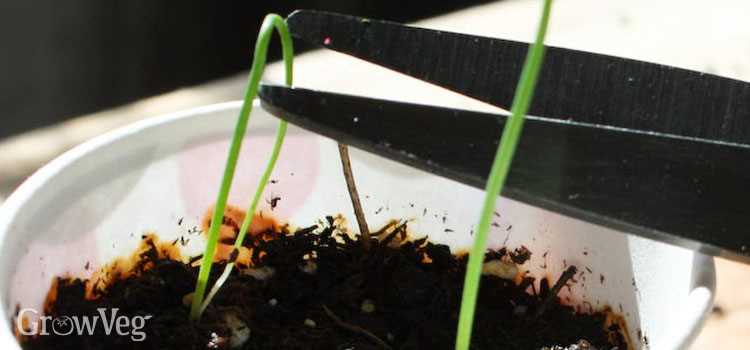
Place the containers in a warm and well-lit area, such as a sunny windowsill or a greenhouse. Maintain a consistent temperature of around 70°F (21°C) for optimal germination.
6. Monitor and care for the seedlings
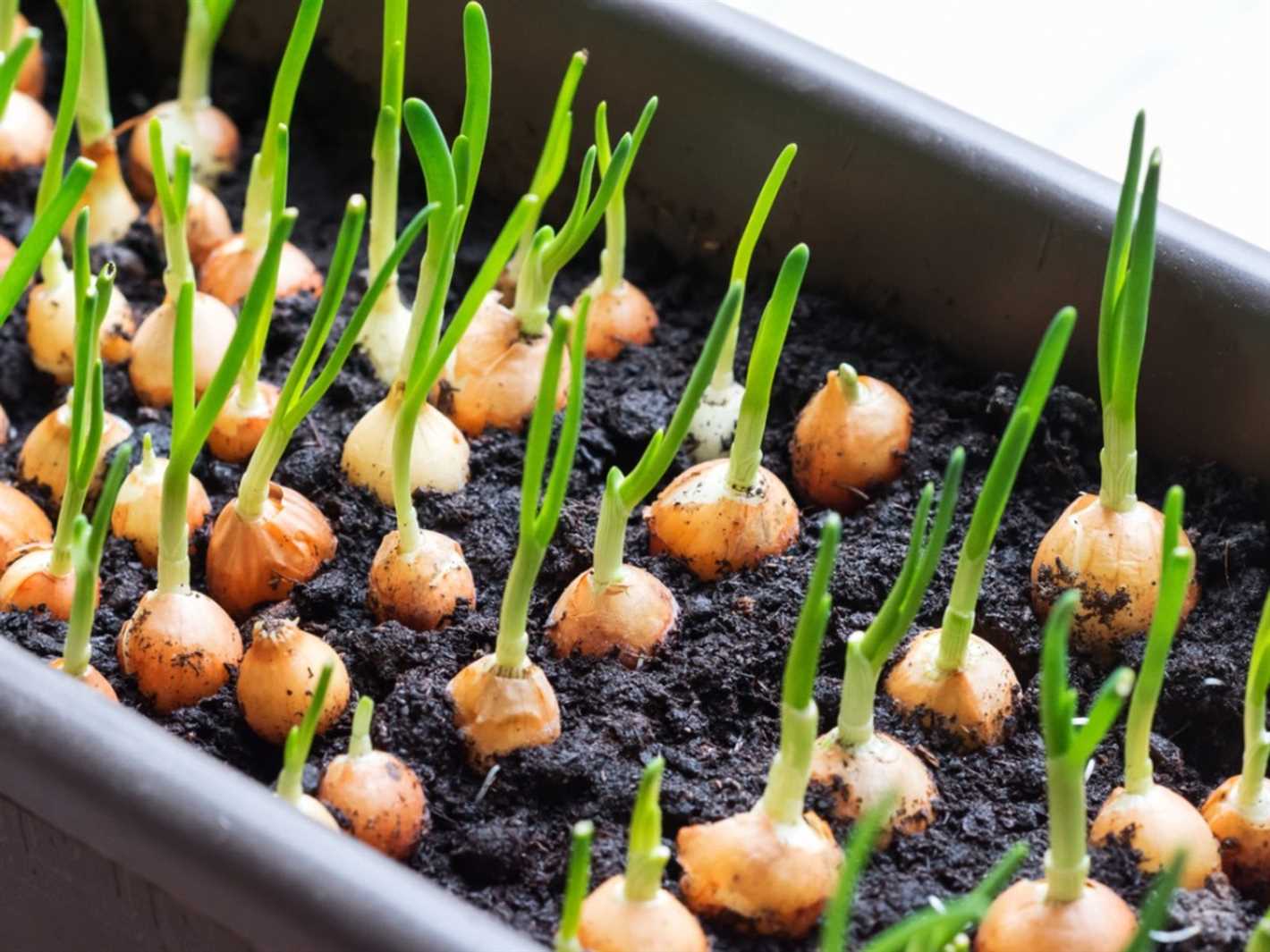
Keep a close eye on the soil moisture and ensure it remains consistently moist. Avoid overwatering or letting the soil dry out completely. Provide indirect sunlight and adjust the temperature as needed.
7. Transplant the seedlings
When the seedlings have grown to a height of about 2-3 inches and have developed a couple of true leaves, they are ready to be transplanted outdoors. Harden off the seedlings by gradually exposing them to the outdoor conditions before transplanting.
By starting your black onion seeds indoors, you give them the best chance to grow strong and healthy. Follow these steps for successful sowing and enjoy a bountiful harvest of delicious black onions.
Provide proper light and temperature
Proper light and temperature are essential factors for successfully sowing black onion seeds on seedlings. Here are some tips to ensure you provide the right conditions:
- Light:
- Place your black onion seedlings in a location that receives full sun for at least 6-8 hours a day.
- If growing indoors, use fluorescent grow lights or LED lights to provide the necessary light intensity for the seedlings.
- Make sure to position the lights at the proper distance from the seedlings to avoid burning them.
- Temperature:
- Black onion seedlings prefer a temperature range between 60°F (15°C) and 75°F (24°C) for optimal growth.
- Avoid exposing the seedlings to extreme temperatures, as it can stunt their growth or cause damage.
- If growing indoors, use a thermostat or heat mat to maintain the desired temperature.
By providing the right amount of light and maintaining the appropriate temperature, you will create the ideal environment for your black onion seedlings to thrive and grow into healthy plants.
Watering and fertilizing
Proper watering and fertilizing are crucial for the successful growth of black onion seedlings. Here are some tips to ensure your plants receive the necessary moisture and nutrients:
Watering tips:
- Water the seedlings regularly to keep the soil evenly moist, but not waterlogged.
- Avoid overwatering as it can lead to root rot and other diseases.
- Water the plants at the base, taking care not to wet the leaves to prevent fungal infections.
- Check the moisture level of the soil by inserting your finger into the top inch. If it feels dry, it’s time to water.
- Consider using a drip irrigation system or a soaker hose for efficient watering.
Fertilizing tips:
- Apply a balanced fertilizer before planting the seeds or seedlings to provide essential nutrients.
- Consider using organic fertilizers such as compost or well-rotted manure for a more sustainable approach.
- Follow the recommended dosage and frequency mentioned on the fertilizer label.
- Avoid over-fertilization, as it can lead to excessive foliage growth instead of bulb development.
- Monitor the growth of the seedlings and adjust the fertilization accordingly.
By following these watering and fertilizing tips, you can ensure the healthy growth and development of your black onion seedlings.
Transplanting the seedlings
Once your black onion seedlings have grown to a height of about 3-4 inches, it’s time to transplant them into their final containers or garden beds. Transplanting the seedlings is an important step in their growth process and should be done with care to ensure their successful establishment.
Preparing the soil
Before transplanting the seedlings, prepare the soil in the containers or garden beds where they will be placed. The soil should be well-drained and rich in organic matter to provide the seedlings with the necessary nutrients for healthy growth.
Remove any weeds or debris from the soil and loosen it using a garden fork or shovel. You can also add compost or well-rotted manure to further improve the soil’s fertility.
Transplanting the seedlings
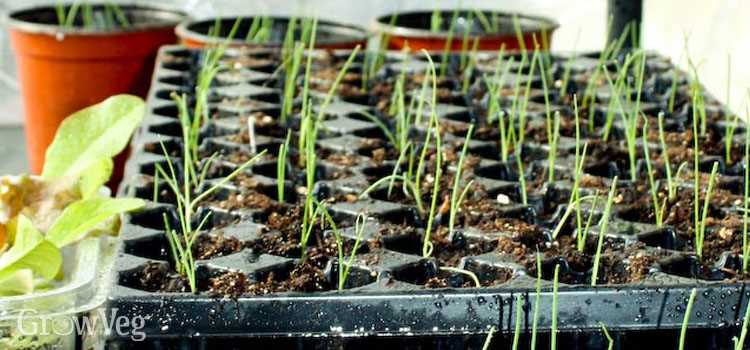
When transplanting the seedlings, make sure to handle them gently by the leaves or root ball to avoid damaging their delicate roots. Dig a hole in the prepared soil that is slightly larger than the root ball of the seedling.
Place the seedling in the hole, making sure that the top of the root ball is level with the surrounding soil. Backfill the hole with soil, gently firming it around the seedling to remove any air pockets.
Water the newly transplanted seedlings thoroughly to help settle the soil and provide moisture to their roots. Avoid overwatering, as excessive moisture can lead to root rot.
Caring for the transplanted seedlings
After transplanting the seedlings, it’s important to provide them with proper care to ensure their survival and growth. Place the containers or garden beds in a location that receives full sun or partial shade, depending on the specific requirements of black onion.
Water the seedlings regularly, keeping the soil moist but not waterlogged. Monitor the moisture levels and adjust your watering schedule accordingly to prevent underwatering or overwatering.
Additionally, consider applying a balanced fertilizer to the soil around the seedlings to provide them with essential nutrients. Follow the manufacturer’s instructions for application rates and frequency.
Lastly, protect the seedlings from pests and diseases by regularly inspecting them for any signs of damage or infestation. Take prompt action if you notice any issues, such as applying organic pest control methods or removing affected plants.
By following these steps, you can successfully transplant your black onion seedlings and set them up for healthy growth and a bountiful harvest.
Harden off before planting in the garden
Before transplanting your black onion seedlings into the garden, it’s important to harden them off first. Hardening off is the process of gradually acclimating your seedlings to the outdoor environment, preparing them for the harsher conditions they will face in the garden.
Why is hardening off important?
When you start your black onion seeds indoors, they are protected from the elements and have a controlled environment. By gradually exposing the seedlings to outdoor conditions, you are allowing them to adjust to factors such as temperature fluctuations, wind, and direct sunlight. Failing to harden off your seedlings can result in shock, stunt their growth, or even kill them.
How to harden off black onion seedlings:
- Start the hardening off process about two weeks before you plan to transplant your seedlings into the garden.
- Begin by placing your seedlings outdoors for a short period, such as a couple of hours during the mildest part of the day. Choose a sheltered area where they are protected from strong winds.
- Gradually increase the amount of time your seedlings spend outdoors each day over the course of one to two weeks. Aim for them to be spending the entire day outside by the end of the hardening off period.
- Expose your seedlings to increasing amounts of direct sunlight, starting with just a few hours of morning sun and gradually adding more until they can tolerate a full day of direct sunlight.
- During the hardening off period, pay attention to weather conditions and adjust the time your seedlings spend outdoors accordingly. If there are particularly cold or windy days, it’s best to keep them indoors or provide some protection.
Transplanting into the garden:
Once your black onion seedlings have been properly hardened off, it’s time to transplant them into the garden. Choose a sunny location with well-draining soil for best results. Dig a hole for each seedling, ensuring that they are spaced according to the recommended spacing on the seed packet or plant label. Place the seedlings in the holes, gently pat down the soil around them, and water thoroughly. Provide proper care and maintenance to ensure the success of your black onion plants in the garden.
By following these tips and properly hardening off your black onion seedlings, you can increase their chances of survival and promote healthy growth in your garden. Happy planting!
“Question-Answer”
What is black onion and why should I sow it on seedlings?
Black onion is a variety of onion that has a unique dark color. Sowing it on seedlings allows you to grow and harvest your own black onions, which are prized for their rich flavor and health benefits.
When is the best time to sow black onion on seedlings?
The best time to sow black onion on seedlings is in early spring, around March or April. This will give the seedlings enough time to grow before the warmer months.
How do I sow black onion seeds on seedlings?
To sow black onion seeds on seedlings, start by filling a seedling tray with a good quality seed compost. Scatter the seeds evenly over the compost, then cover them with a thin layer of compost. Water the tray gently to moisten the soil, and place it in a warm spot with plenty of sunlight.
How often should I water my black onion seedlings?
You should water your black onion seedlings regularly, making sure to keep the soil moist but not soggy. Water them every 2-3 days, or when the top layer of soil feels dry to the touch.
How long does it take for black onion seedlings to germinate?
Black onion seedlings typically germinate within 7-10 days after sowing. However, germination can be affected by factors such as temperature and soil moisture.
What should I do once my black onion seedlings have germinated?
Once your black onion seedlings have germinated, you should thin them out to allow for proper growth. Keep the strongest and healthiest seedlings, and remove any weaker ones. You should also continue to provide them with adequate sunlight, water, and nutrients.







